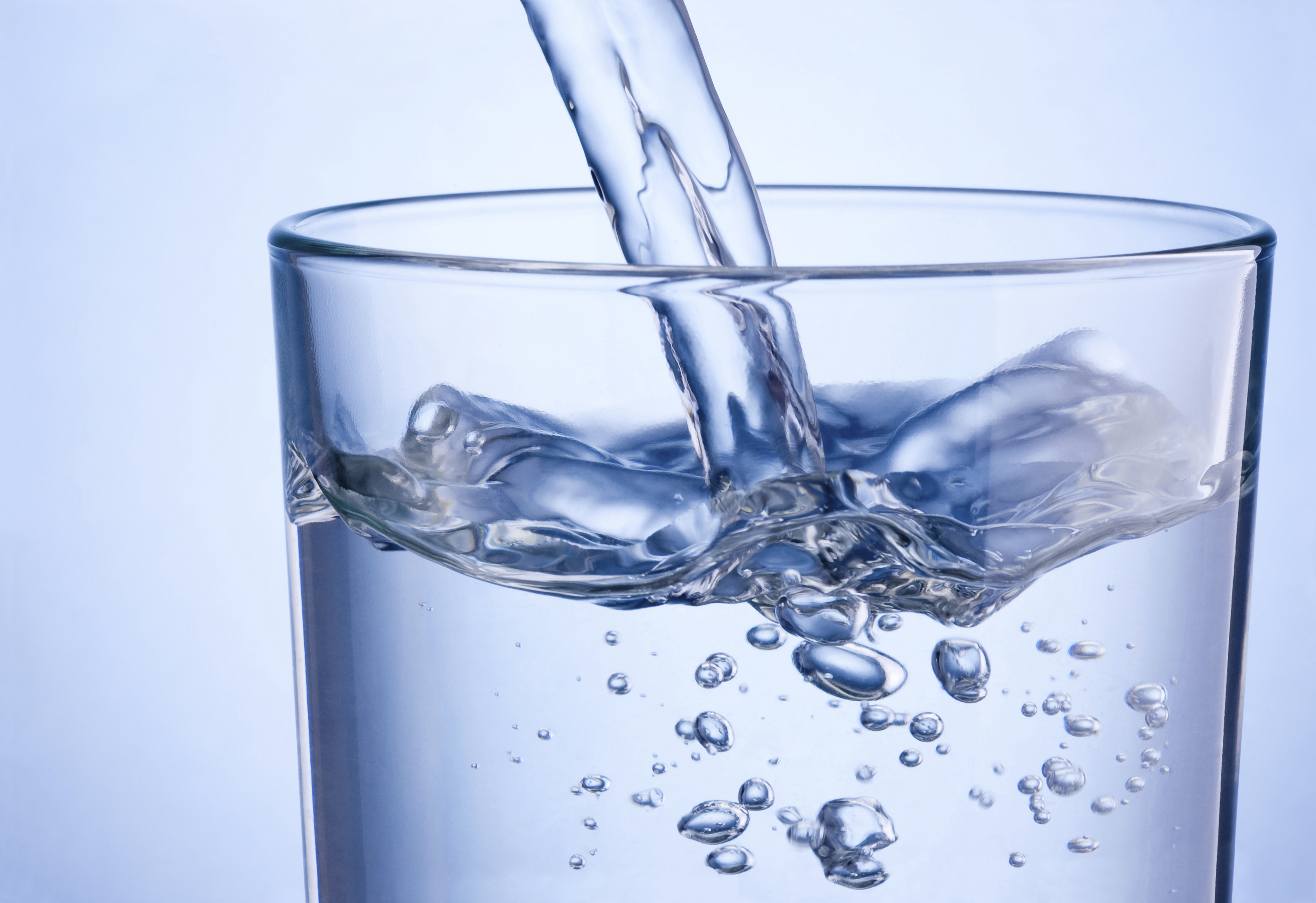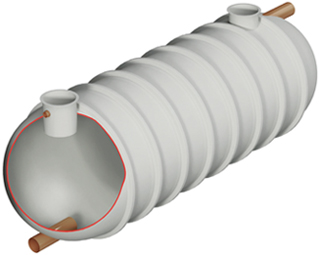
If your water tank has been altered in any way, it could be vulnerable to contamination. Harmful pathogens fester in untreated water and cause all kinds of diseases when consumed.
Water chlorination is the answer. Not only does chlorine decontaminate any existing pathogens in the water, but it also acts as a protective mechanism to prevent recontamination. And it’s completely safe to drink.
Take a look at this month’s article to discover how water chlorination works. It just might save your life.
What Is Water Chlorination?
Untreated water often contains pathogens, a dangerous type of microorganism which, when consumed, can cause diseases such as diarrhoea and cholera. Water chlorination is the process of adding chlorine to water to inactivate these pathogens.
The chlorine doesn’t completely sterilise these pathogens, but it reduces the organisms to a level that poses a negligible risk to those who drink the water.
Water chlorination is an essential part of water purification and has been a legal standard in the UK up to the point of supply. However, if your water tank has been tampered with in any way, such as for maintenance, it may require rechlorination.
How Does Water Chlorination Work?
A selective amount of chlorine is administered to effectively disinfect the water. The amount of chlorine used will vary depending on the impurities in the water. If there are many impurities that need disinfecting, a larger amount of chlorine will be needed. Professionals seek to find the ‘chlorine demand’, which is the precise amount of chlorine needed to inactivate all impurities. Once this level is found, professionals will apply an amount of chlorine to inactivate all impurities, while also leaving a residual amount to prevent any of the microorganisms from respawning. This ensures that the water will remain decontaminated.
The chlorine successfully inactivates a microorganism by attacking its cell membrane, entering the cell and disrupting its cell respiration and DNA activity. When these processes become abnormal, the cell is unable to survive.
Is Water Chlorination Safe?
The addition of chlorine does not pose a safety risk, but users may be able to distinguish a slight chlorinated taste to the water. This is a minor and harmless effect of water chlorination.
Chlorine is the most widely used disinfectant in water. It has been used as a decontaminant for decades and has a good safety record. To guarantee safety, make sure you use reputable professionals to chlorinate your water. They will have suitable technologies and systems for dosing and monitoring.
Wildon UK are specialists in water tank chlorination. Our team is composed of fully trained and approved wastewater engineers with experience chlorinating water tanks in homes and businesses across Stoke-on-Trent, Staffordshire and the whole of the UK. We use specialist equipment to ensure your water tank is completely safe to use, and for extra peace of mind we even offer a 24-hour emergency service, so your water is protected all year round.
To enquire further about our services, get in touch with our team today.










